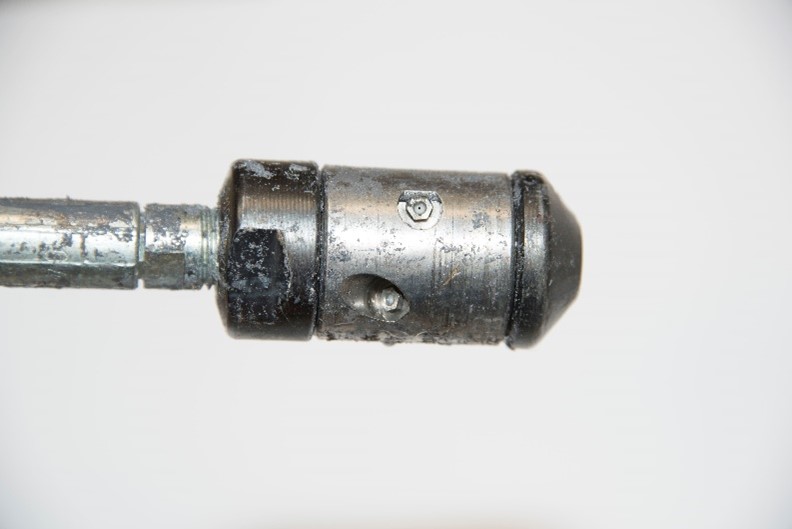HSE Warns of Safety Risks During High Pressure Water Jetting

The Health and Safety Executive has asked the Water Jetting Association to publish an article it has prepared about its investigation into the death of a water jetting operative in 2017.
This was the most recent fatality involving water jetting in the UK. The HSE refers to specific safeguards detailed in the WJA’s Blue Code of Practice which, if they had been in place, would have greatly reduced the risk of the incident happening.
The WJA, of course, welcomes the opportunity to publish the article. It records the outcome of a prosecution of a specialist company that, on the date of the incident, had not been a member of the WJA.
WJA Director David Kennedy said: “This was a terrible and wholly avoidable fatal incident. We welcome the opportunity to share learning from it and thank the HSE for involving the WJA in this education process.
“We also welcome the fact that the HSE is referencing the WJA’s Codes of Practice and the procedures detailed in them as best practice for protecting the safety of water jetting operatives while carrying out a challenging industrial process.”
HSE official statement
HSE is warning businesses of the risks associated with using high pressure water jetting.
Following a recent prosecution, a specialist industrial services company has been fined £2,000,000 and ordered to pay £30,000 in costs after pleading guilty to breaching Section 2(1) of the Health and Safety at Work Act 1974 at Birmingham Magistrates’ Court.
The HSE is reminding business of the safety guidelines when using this specialist equipment.
In this particular incident, a worker suffered a fatal injury whilst cleaning out pipework (sparge pipe) at the paint shop of a large manufacturing facility. The work involved insertion of an improvised water-jetting tool into the pipe. The tool consisted of a flexible hose with a nozzle-jet attached to the end, operating at 1400 bar (20,000psi). During the task, the hose ejected from the pipework.
HSE specialists found that it was foreseeable that an uncontrolled violent ejection of the tool from the sparge pipe could occur from:
- The hose to the jetting nozzle kinking or twisting within the confined area of the sparge pipe (followed by a sudden release).
- An external obstruction or confined area within the pipe causing resistance to the ongoing forward direction of the water flow.
- Manually withdrawing the hose too far, whilst under pressure.
There was high reliance on use of duct tape to mark a safe level of extraction of the tool from the sparge pipe. It was foreseeable that the duct tape had either not been applied, had fallen off, moved position or became covered in detritus.
In the event of uncontrolled pressure release, there remained reliance on effective reaction time by a second operator to shut off the water supply.
HSE reminds workers that the Water Jetting Association provides a code of practice that includes clear safety guidelines relating to manually controlled flexible lances (Pictured Left). In particular:
- Due to the possibility of a lance being ejected / thrust from the tube at high speed (by the hydraulic reaction of the lance within the tube) provision shall be made to protect the operator.
- As far as reasonably practicable when hand-held lancing an anti-ejection device and a lance guard shall be used.
- The Water Jetting Association website also provides examples of reasonably practicable measures available to restrain a flexi lance.
- Because of the close proximity of the lead operator to the flexible hose when water jetting tubes and pipes, it is recommended that increased PPE should be worn if mechanical means of protection are not practicable.
